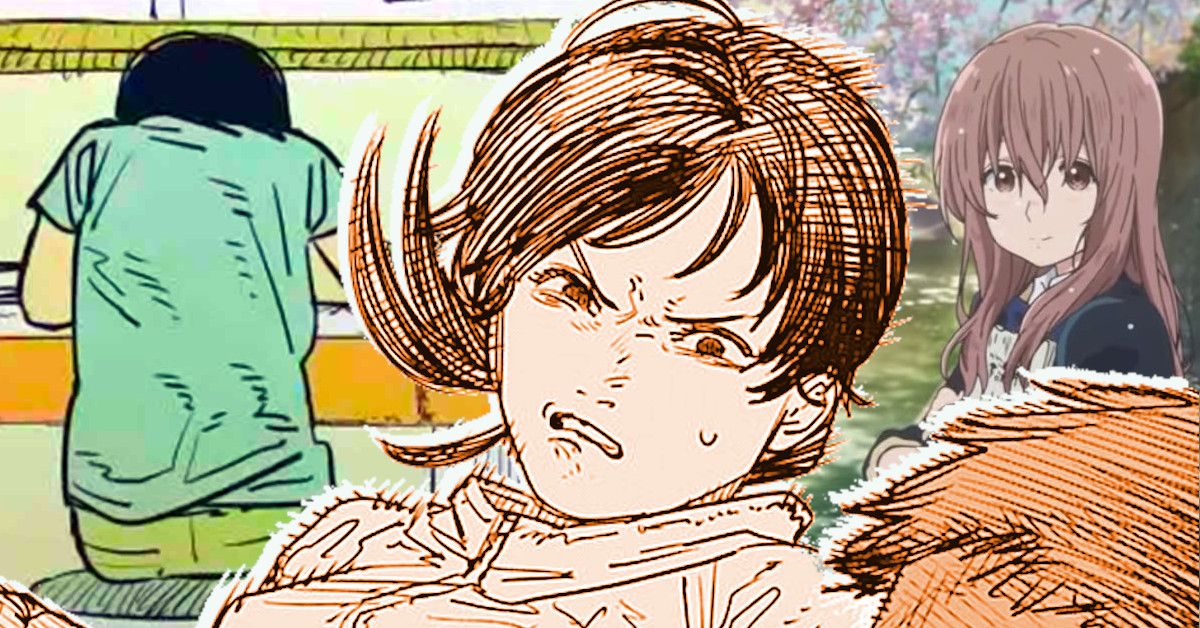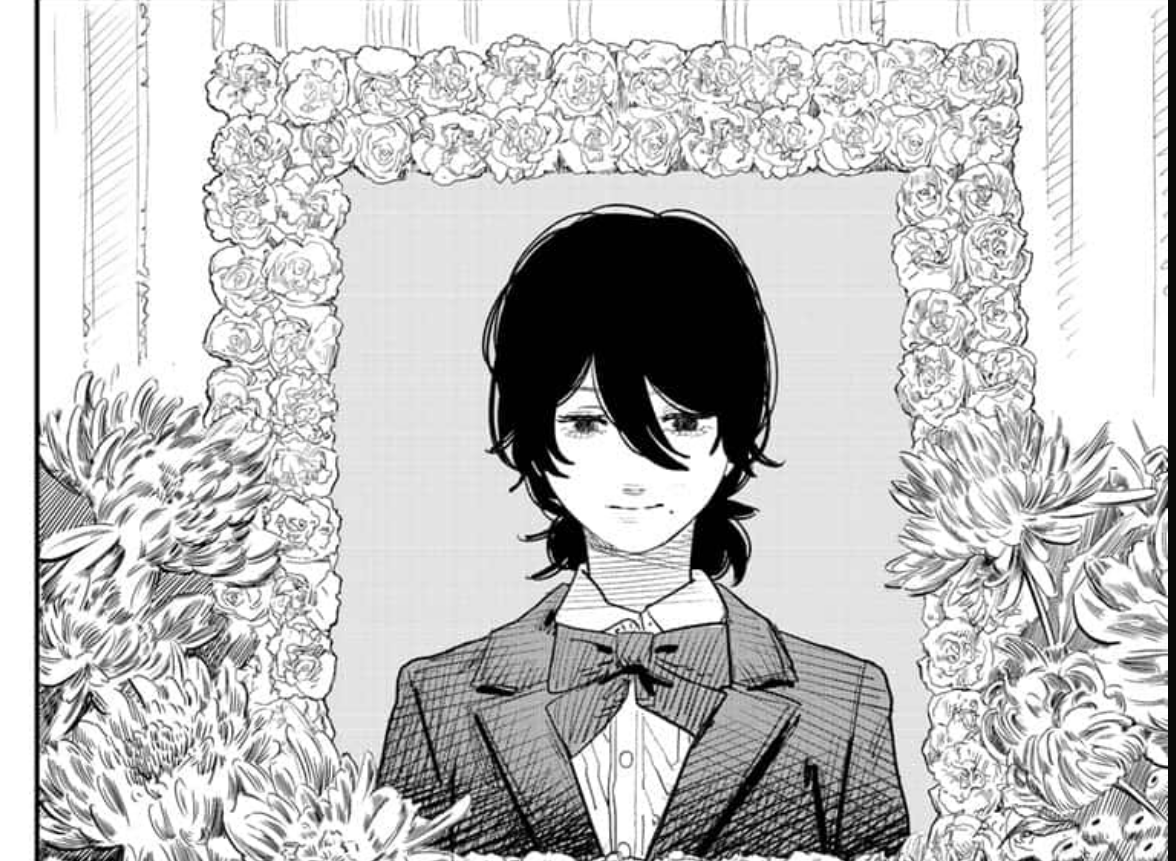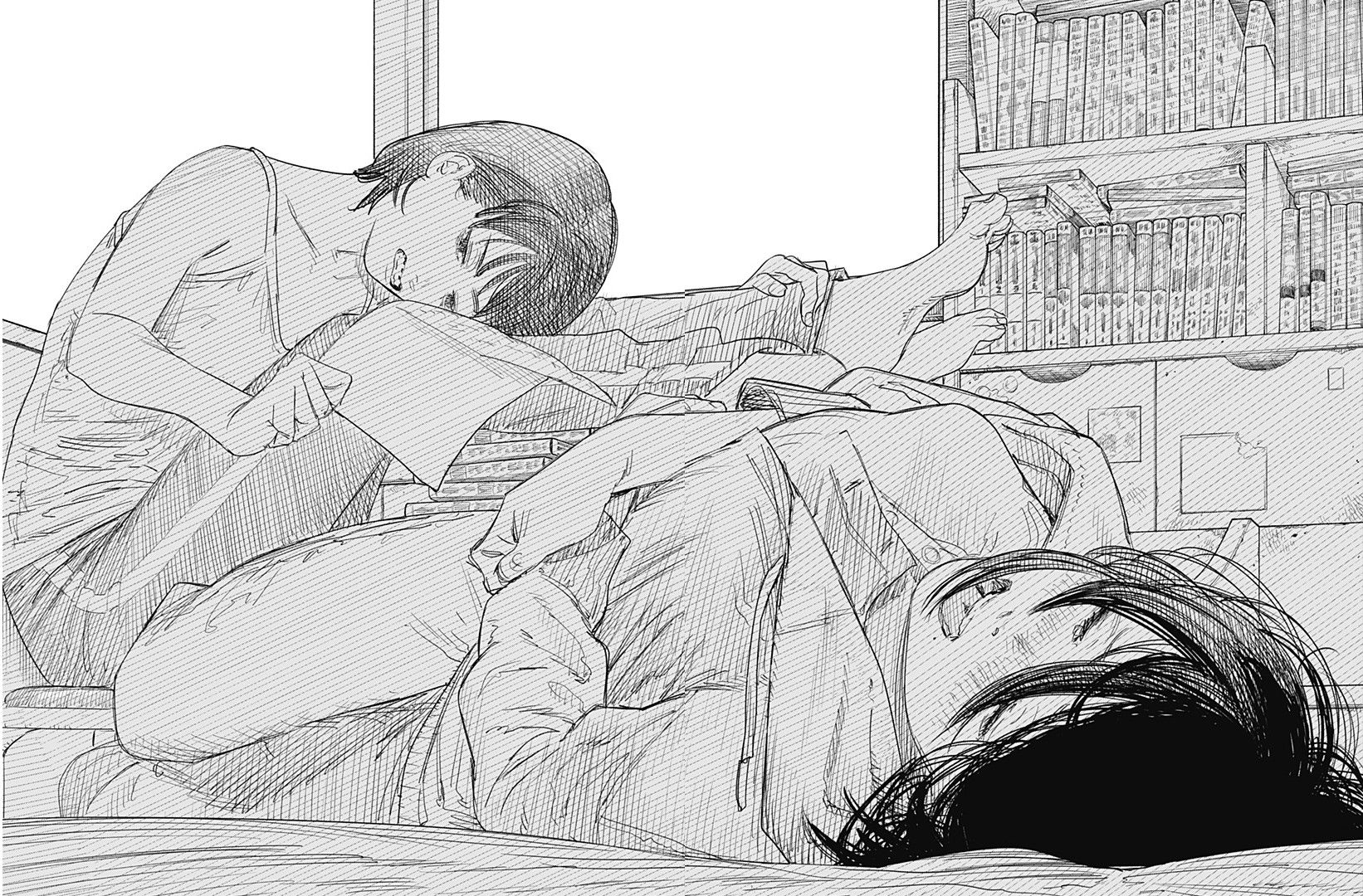WARNING: The following contains spoilers for Look Back by Tatsuki Fujimoto, Amanda Haley and Snir Aharon, available now in English from Manga Plus and Viz Media.
Tatsuki Fujimoto’s special one-shot manga Look Back tells a heartbreaking, poignant tale about friendship and loss. It is perhaps a little surprising for such a tender story to come from the creator of Chainsaw Man, but Fujimoto has a very clear intention in mind, one that is inspired by a real-life tragedy: The Kyoto Animation arson attack.
Look Back was published on July 18, 2021, the same date as the two-year anniversary of the KyoAni attack. At the end of the story, one of the protagonists, Kyomoto (her name is perhaps intentional), is tragically killed at her art school by a delusional murderer who believes that someone had plagiarized his work. The killer randomly attacks the first people he sees with an ax, murdering 12 people.
While the KyoAni killer did not use an ax, he also carried knives and randomly attacked several KyoAni employees after entering the studio building and before lighting the fire. The killer also accused KyoAni of plagiarism, which was completely unfounded. The parallel between the art school setting and the animation studio is also easily noticeable.
Given that the KyoAni tragedy is still fresh in many people’s minds, especially on its anniversary, some might consider Fujimoto’s work to be insensitive. Even though he refrained from portraying the tragedy in any gory detail -- as he often does in his other works -- it could still conjure up some painful memories simply by alluding to this event during the climax of the story.
That reaction would be completely understandable, especially when later on, the other protagonist, Fujino (likely an alter ego of Fujimoto himself), reimagines the event but with herself as the hero, saving her friend from the fatal attack in a somewhat comedic scene -- in front of Kyomoto’s memorial.
But this imaginary scene actually imparts the true essence of Look Back. It is clear that Fujimoto has been deeply impacted by the KyoAni tragedy and this manga is his way of looking for a way to heal. After the tragedy, many people felt a sense of deep loss and wished that they could go back, stop the person responsible and save their loved ones. This is the sentiment expressed in Look Back’s reimagined scenes.
Fujimoto uses this reimagining in a similar way to filmmaker Quentin Tarantino, who often reimagines historical calamities, like WWII in Inglorious Bastards and the Sharon Tate murder in Once Upon a Time In Hollywood, giving them a different outcome. Just like Tarantino’s films, Look Back’s reimagining is somewhat playful and self-aware; there is a four-panel strip titled “Look Back” by Kyomoto (in the style of Fujino) that seems to inspire this reimagined scene.
But Fujimoto’s real message goes beyond catharsis to be truly touching. As many have noticed, on the first page of the manga at the top right corner, there is the word “Don’t.” On the last page at the bottom left, the words “In Anger” are visible. Combine these two lines with the manga’s title “Look Back,” and you get the phrase: “Don’t look back in anger,” which is the title of an Oasis song, but also Fujimoto’s message to everyone reading.
While people may understand the words -- after all, anger never gets anyone real resolution or peace -- the KyoAni incident itself was fueled by one angry person. Not feeling angry in the face of so much grief and pain isn't easy. So, Fujimoto offers a way for people to express their anger: by imagining what could have been and persistently creating, the legacy of the people that passed away can still be carried on.
The paneling in Look Back, especially the last few pages, is incredibly cinematic, hitting home the Tarantino comparison. There is hardly any dialogue in the final pages, but the emotions conveyed in Fujino’s face and body language say everything about her inner thoughts. Just as Fujimoto preached in the title, Fujino does eventually look back on happy memories -- and not in anger -- as she moves forward with her life, carrying the hopes and dreams of Kyomoto with her.




